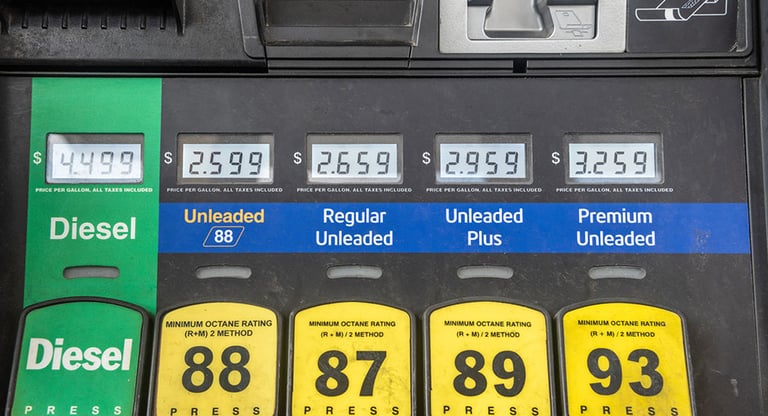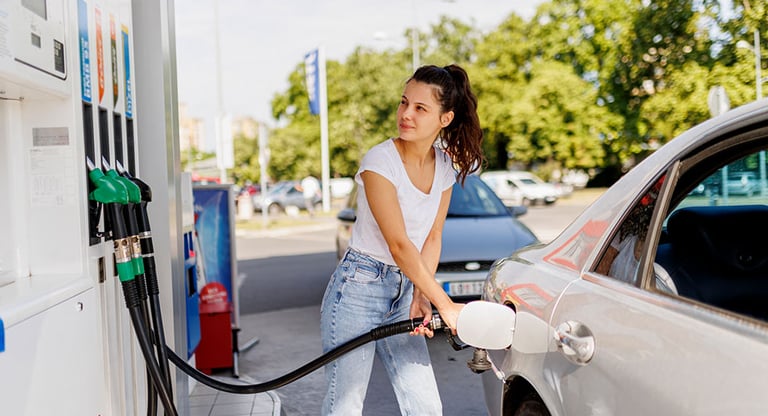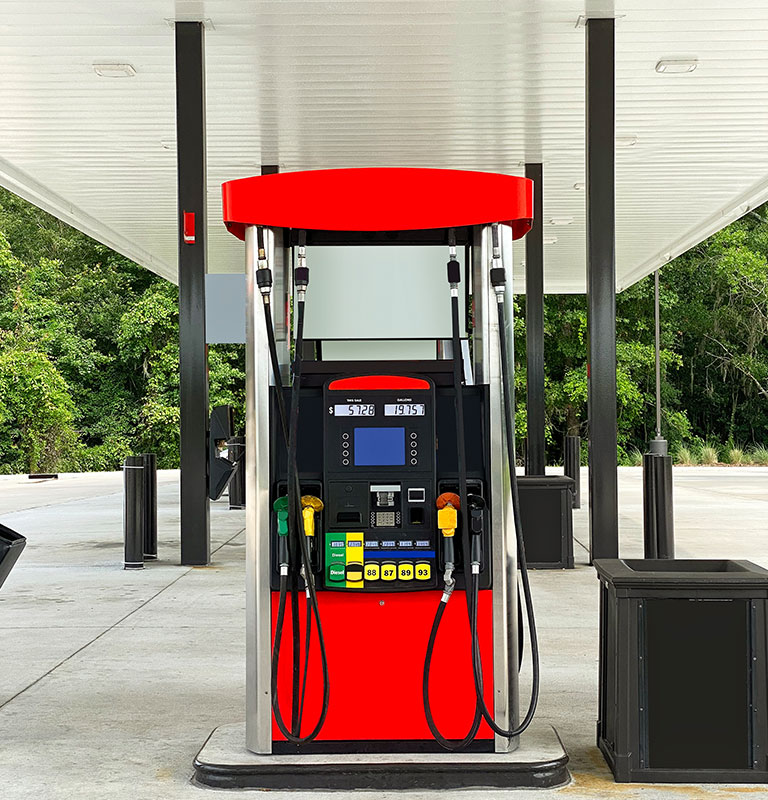The Facts About Different Fuel Types at the Gas Pump
Learn about premium gas, top tier gas, octane rating, and more to keep your car engine clean and healthy


If you have ever found yourself at the gas pump wondering what the real difference between fuel grades is and whether premium gas is worth the extra money, then this article is for you. While there are differences between premium, mid-grade, and regular-grade fuels, the type of fuel you choose to put in your tank should be based on what best suits your engine’s needs.
But the differences between gasoline types don’t just stop at the fuel grade or octane rating. In this article, we will look at some of the ways the fuel you use in your car, truck, or lawn mower varies from grade to grade as well as from gas station to gas station.

What does octane rating mean?
The first step in understanding the difference between fuel types is wrapping your head around the concept of “octane”. Octane is a rating that appears over the different fuel grades at gas station pumps. In most cases, regular octane fuel has an octane rating of 87, while mid-grade fuels are rated 89-90 and premium is rated 91-94.
The term "octane" refers to a fuel's "knock" resistance. Knock occurs when the fuel-air mixture inside an engine cylinder spontaneously ignites outside the normal cycle of combustion due to pressure or heat. In other words, the gas ignites without the spark from a spark plug.
The higher the octane rating on a fuel, the greater its resistance to igniting (and knock) will be. High-octane, premium gas may be recommended by auto manufacturers for high-performance engines. It is in these highly tuned, performance motors where greater temperature and compression are generated, that premium gas earns its higher price point. Conversely, premium gas often makes little if any difference when used in regular economy cars or trucks.
Do all filling stations offer the same gasoline?
In short, no, not all filling stations offer the same gasoline. While the octane rating and price points may be identical from station to station, each brand will sell its own unique fuel recipe. After crude oil is drawn from the ground, it goes through a refining process to turn it into generic gasoline before being stored in tanks and pipelines. This generic gas is then purchased, and brands add their proprietary blend of additives to make the fuel their own. These additives are designed to clean motors and prevent deposit buildup to each brand’s specifications.

Summer vs winter gasoline
It may come as a surprise to some motorists, but not only does the "recipe" for gasoline vary from retailer to retailer, but there is also a seasonal aspect to the different blends available at the gas pump as well.
Due to its volatile, highly flammable nature, gasoline turns to vapor very quickly when exposed to heat or open air. This same property also means that the gas in your tank is susceptible to evaporation over time, particularly as summer brings warmer temperatures. Evaporated gasoline is bad for air quality and the environment, so oil companies take green steps to combat summer heat by altering their fuel recipes slightly.
Summer fuel blends make it so gasoline is less volatile and more resistant to evaporation. Similarly, as summer temperatures give way to the cool of winter, winter gasoline recipes render fuels that will still combust effectively, even as winter temperatures dip below freezing.

What is top tier gas?
Top Tier Gas is certified as being manufactured with a higher detergent-to-fuel ratio—to prevent the buildup of deposits inside car engines and keep them running efficiently. Although the EPA implemented minimum additive performance standards for all gas sold in the U.S. back in 1995, as engine technology advanced in the early 2000s, many auto manufacturers saw their vehicles coming back to repair shops with sludge and residue from burning dirty fuel. In 2004, a group of auto manufacturers got together and created Top Tier detergent gasoline in hopes their higher standards would create fuels that work harder to keep engines clean.
Today, Top Tier gas stations are subjected to regular testing to ensure the fuel they are selling meets Top Tier standards to keep their certification.
While you can expect to pay more at the gas pump for Top Tier gasoline, studies have shown that drivers who use Top Tier gas over the life of their vehicle will have engines that run more cleanly, efficiently, and last longer.
